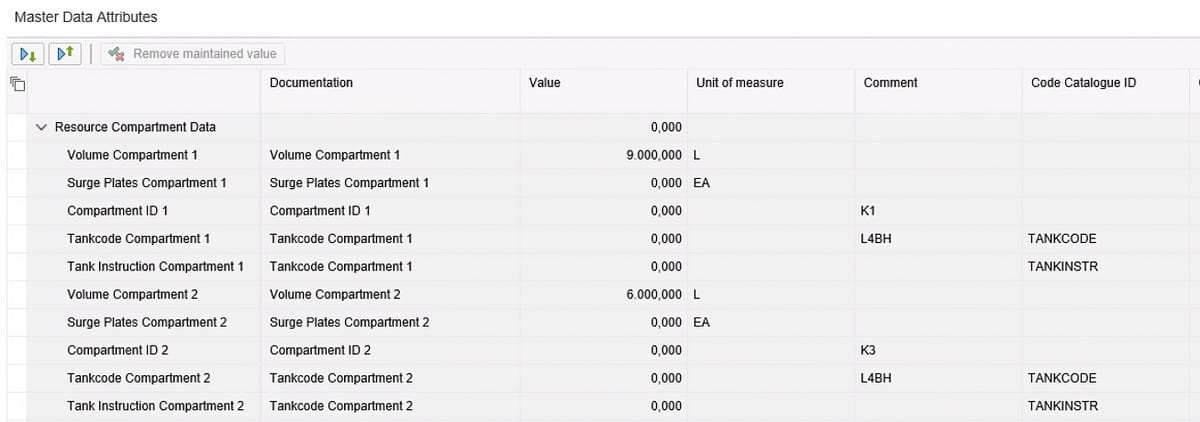About the special challenges for logistics processes in the chemical industry
Germany is number one in Europe in the production and export of chemical-pharmaceutical goods. The chemical industry continues to focus on progress and tries to keep production on track for success through sustainability, environmental protection and good working conditions. According to calculations by the German Chemical Industry Association (VCI), German chemical production will increase by around 1.5 percent per year until 2030.
But even an industry on the upswing cannot avoid thinking about the logistics of its goods. Care in transporting a wide variety of raw materials is inevitable and complex, because the industry has to meet high standards in terms of safety and environmental protection.
In 2018, a total of 4.1 billion tons of goods were transported in Germany, of which 229 million tons were chemicals. Around 40 percent of the chemical products transported were hazardous goods.
An overview of chemical product transports in figures:
- 141 million tons by truck
- 27 million tons by rail
- 21 million metric tons by inland waterway vessel
- 23 million tons by ocean-going vessels
- And 17 million tons by pipeline
(Source: Federal Statistical Office, VCI)
Dangerous goods transports require special inspections
In chemical logistics, there are very special requirements for equipment and personnel. Since hazardous materials are often transported and stored in chemical parks, personnel must undergo regular safety training to comply with legal safety requirements.
Truck drivers and vehicle equipment moving around chemical parks are also subject to strict quality and safety requirements and are regularly inspected. Only those who meet all the regulations are allowed to drive on the plant premises.
Since the condition of the loading equipment in particular must be checked against the requirements of the product being loaded, it makes sense to store this as a central master data object. This means:
- Cargo history
- General data such as the registration number
- Number of chambers
- Tank code
- Tank capacity
- Cleaning certificate
- TÜV

Driver:
- Driver’s license number
- Period of validity of the driver’s license
- Driver database/driver master data (checked are site access bans due to misconduct)
- Periodicity of the plant protection
- ADR license (dangerous goods transport license in classes) of the truck drivers
- Access pass
- Validity of the safety instruction in the yard
GDPR compliant data storage
Especially in the area of yard and slot management, driver information must be stored for legal reasons alone. In the event of evacuation measures, owners of a plant site are obliged to know who is on their private property. In addition, transparency about who is on the site, when, where and for how long is important to pretty much all yard operators for a variety of reasons.
To manage sensitive data in compliance with the law, it must be anonymized. We offer the possibility of anonymization in the current version of leogistics d.s.c.
Even if customers use and store document data in different ways (e.g. resources, document items, business partners), any requirement for deleting the data can be implemented in a GDPR-compliant manner.
Ensuring cleaning quality
Before filling chemical goods, drivers must prove that a safety cleaning of their tank has taken place by presenting the ECD document (European Cleaning Document). The European Federation of Tank Cleaning Organizations EFTCO introduced this quality standard throughout Europe in 2004. The ECD document guarantees high cleaning quality across all countries.
The eye of the needle on the plant site: the goods inward and outward processes
Chemical processes must comply with specific regulations and laws during transport, storage and handling. At the same time, they must also be as efficient and stable as possible. Every day, several thousand trucks pass through individual chemical parks. Even the check-in process, but also cargo management, can cause massive delays. A remedy at these points is digitalized logistics with dynamic software!
Reduce waiting and throughput times and avoid bottlenecks through digitalization of chemical logistics
Long waiting and processing times as well as intensive staff deployment at bottlenecks are not sustainable. Unfortunately, the necessary transparency to recognize why congestion occurs in front of or at the yards is often lacking. Manual planning is also prone to errors and the reaction to current process steps arrives late at all subsequent processes.
The digitalization of logistics processes provides intelligent solutions to dynamically respond to the complexity of chemical logistics in real time: Information flows can be automated and goods flows can become more reliable through more targeted control. Intelligent time slot management and dynamic feed control allow tankers to be optimally planned even before they arrive at the site
Potential time savings:
1. Pre-check-in of carriers:
In order to store as much data as possible in the system before the truck arrives and thus improve the handling time, it is possible for forwarders to independently enter the data of their driver and the truck into the system in advance. Once all the data is available, check-in can be carried out without contact. This is an important advantage in times of a pandemic.
2. Self check-in and check-out:
Taking the process a step further, chemical parks allow drivers and trucks to self check-in and check-out under certain circumstances. The entrances to these chemical parks are equipped with innovative hand scanner verification as well as biometric data matching. The rules for entry are customizable. We’d be happy to provide you with the hardware with corresponding rule sets.
3. Slot booking (time slot optimization):
Loading and unloading capacities are also subject to special requirements in chemical logistics. The throughput speed of the goods is density-dependent here. This changes with fluctuating outside temperatures. Therefore, these fluctuations due to the change of day and night or seasons must be taken into account in time slot planning. The throughput speeds can take up to 60 minutes longer at sub-zero temperatures than at plus temperatures. Dynamic time slot optimization in the cloud provides a remedy. The goods to be dispatched set the pace, the dispatcher the rules! In this way, the time slot allocation can be adjusted depending on the outside temperature and bottlenecks at the chemical parks can be avoided.
We are here for you
It is worth taking a closer look at the field of chemical logistics. Dynamic solutions as well as variously available new technologies offer excellent opportunities to significantly improve the processes of hazardous goods transports.
We support you in making your operational processes more efficient, transparent and cost-saving, thus improving your supply chains. Have we aroused your interest? Then please feel free to contact us.
If you have any questions about this or other topics in the blog, please contact blog@leogistics.com.
Christian Klumpp
Development Architect SAP Logistics
Jens Arndt
Consultant SAP Logistics




